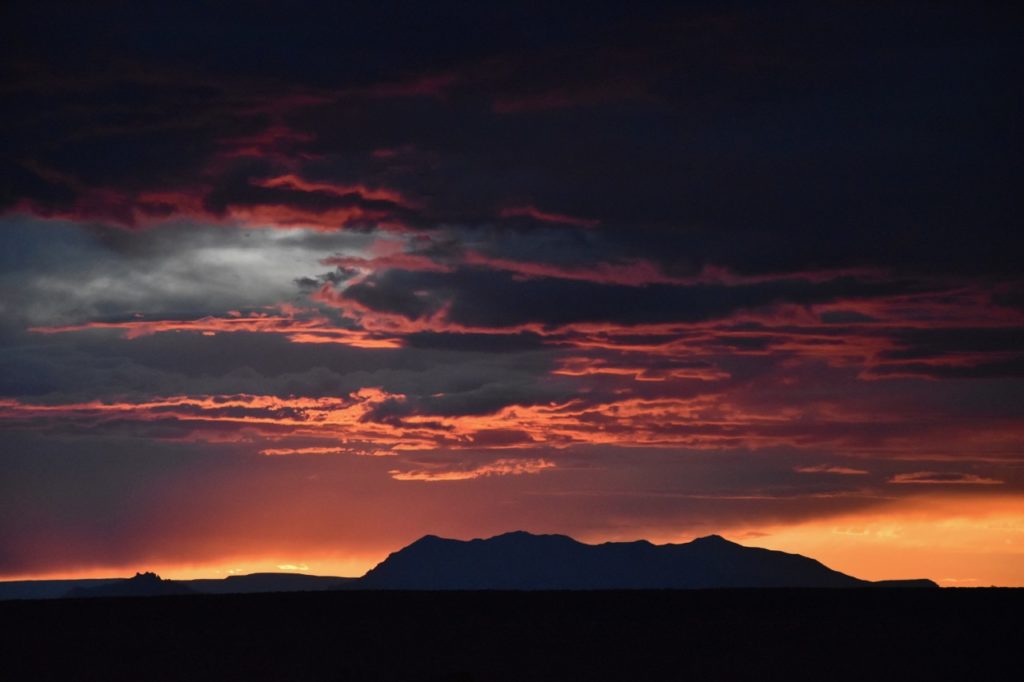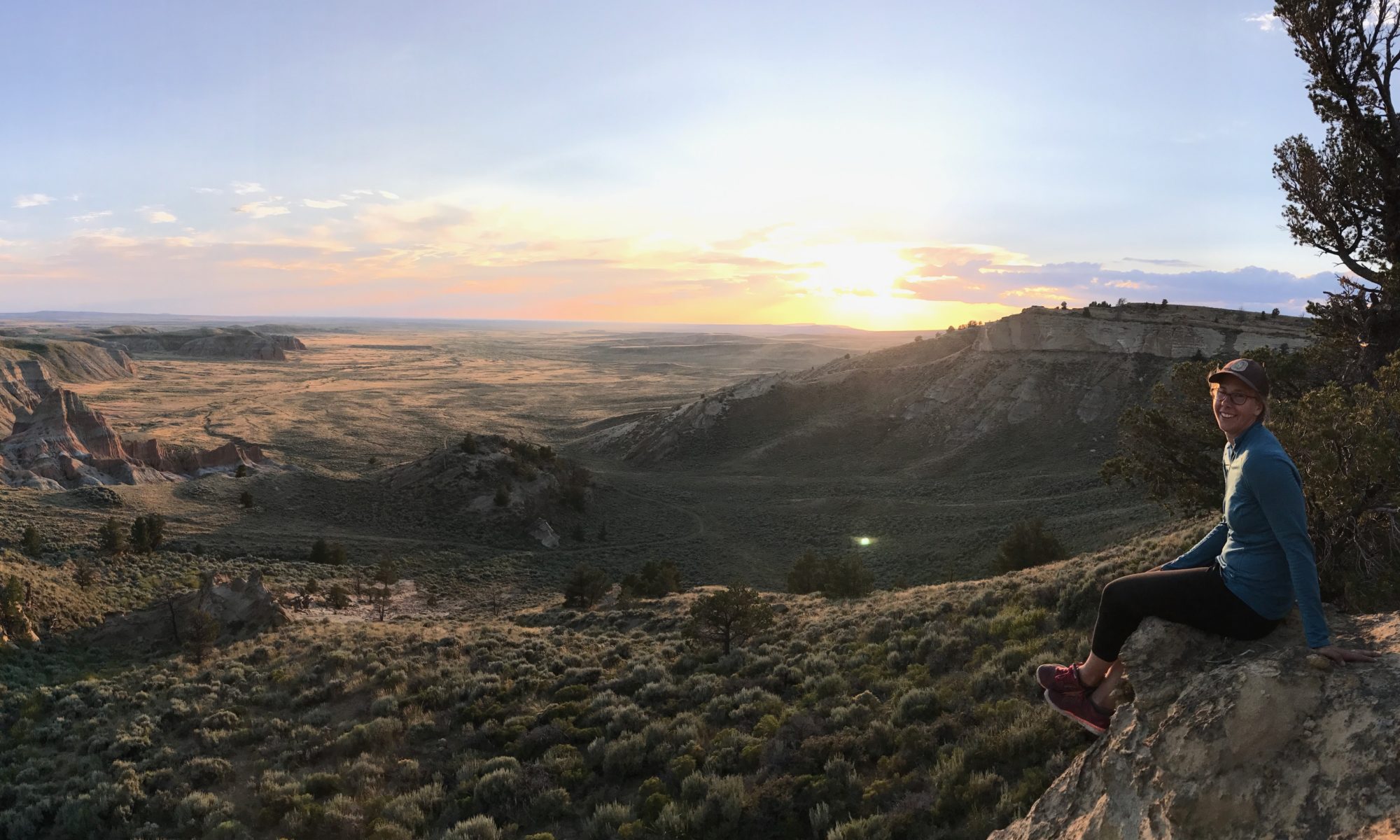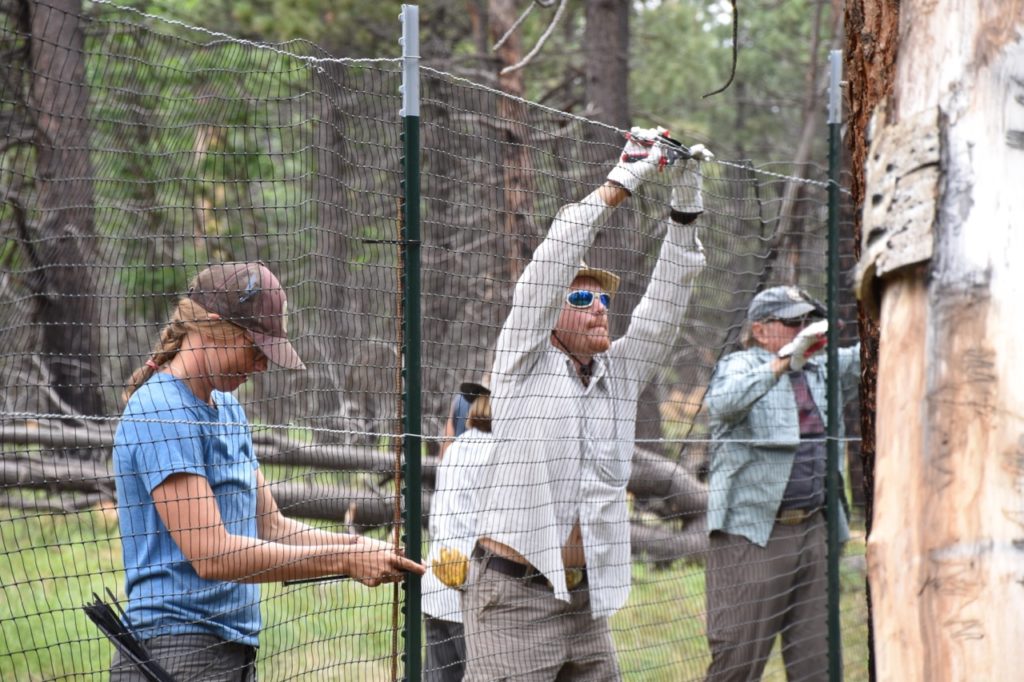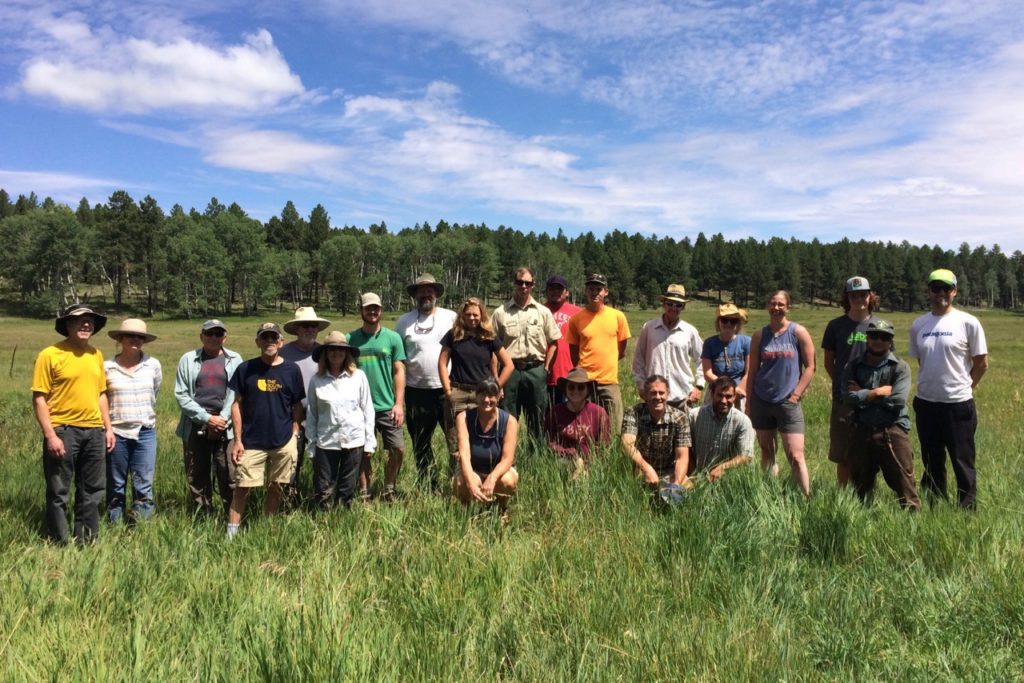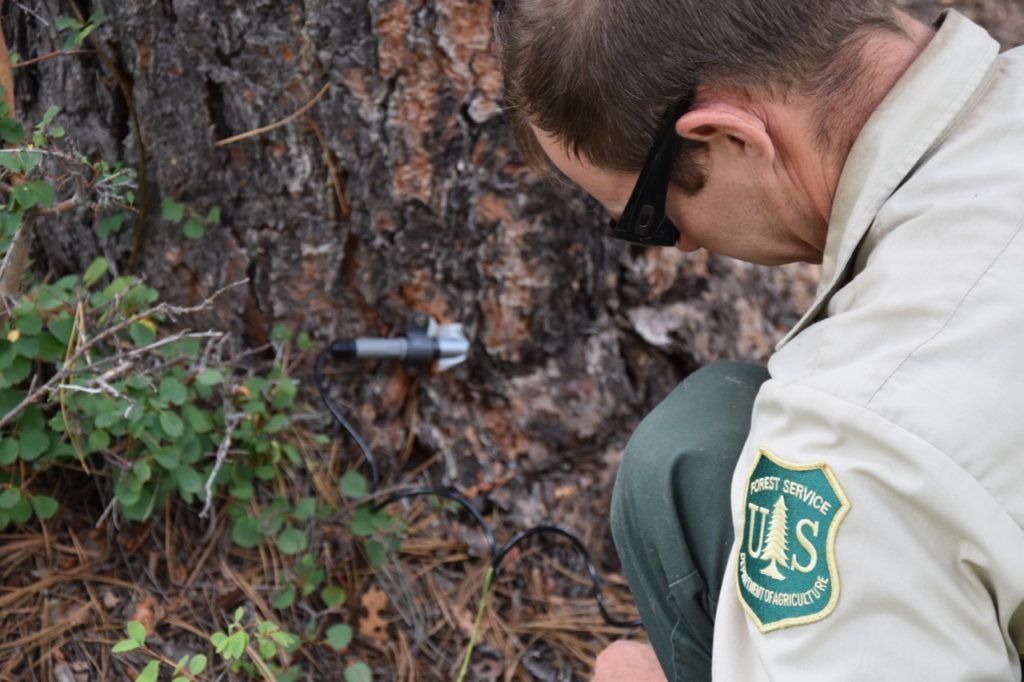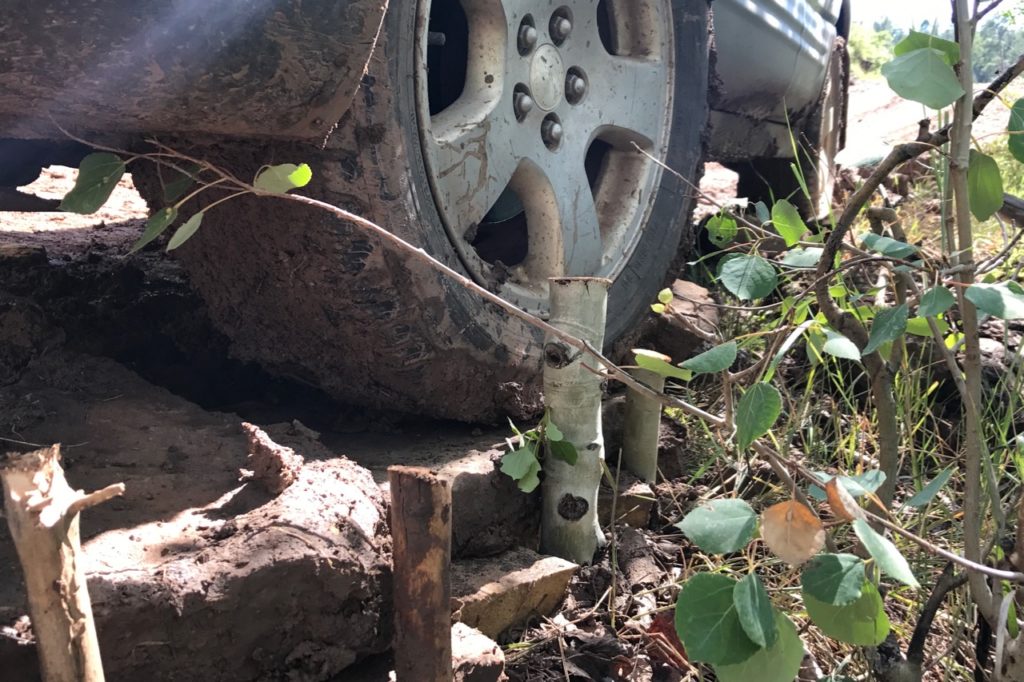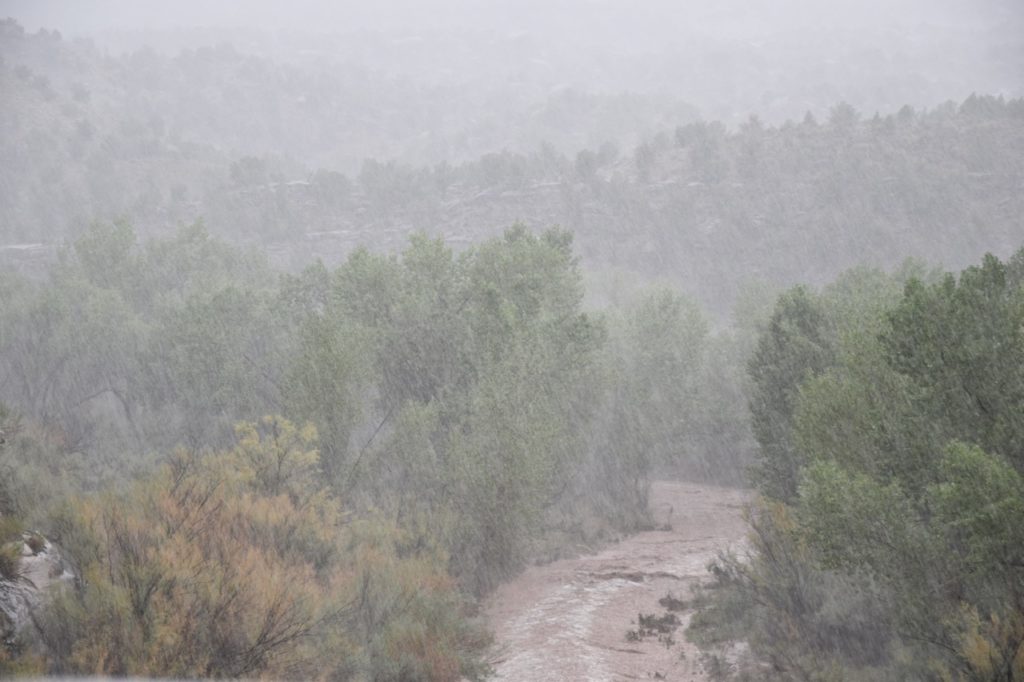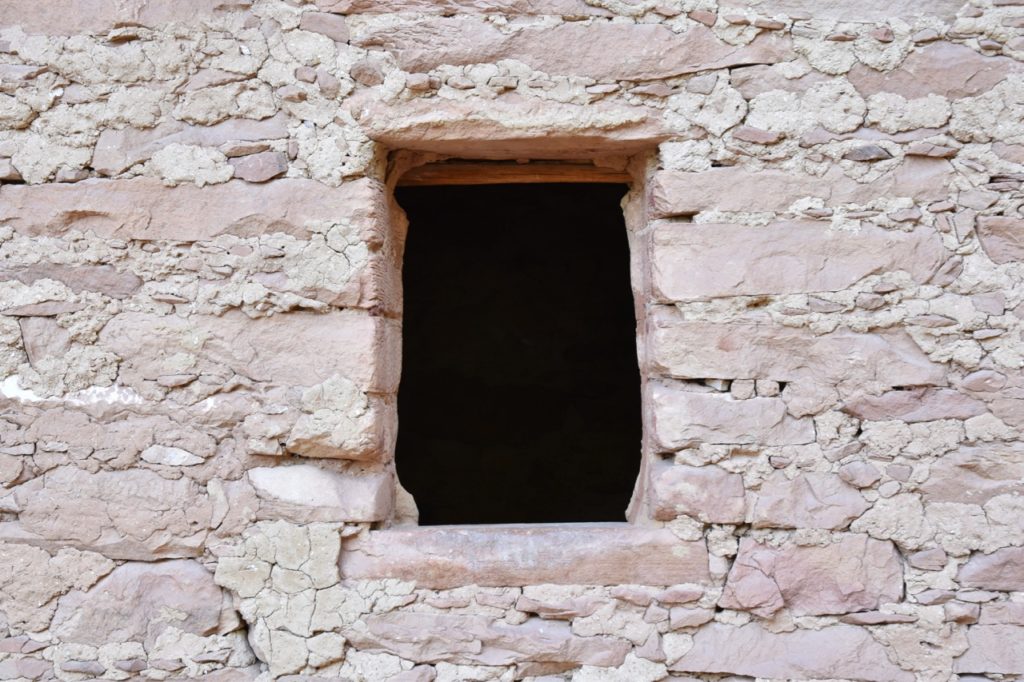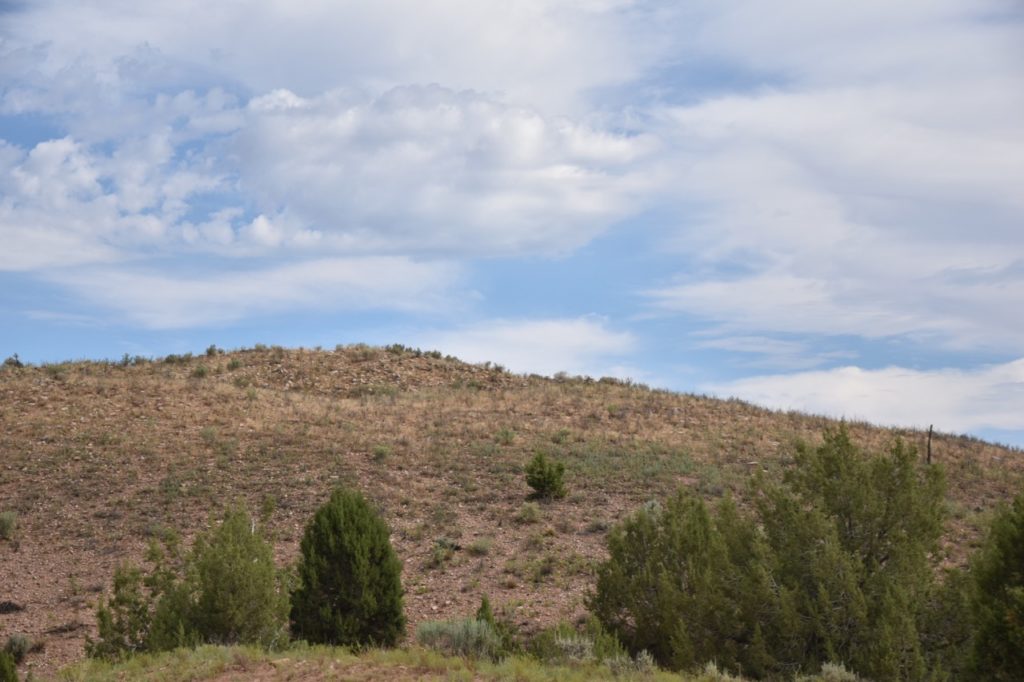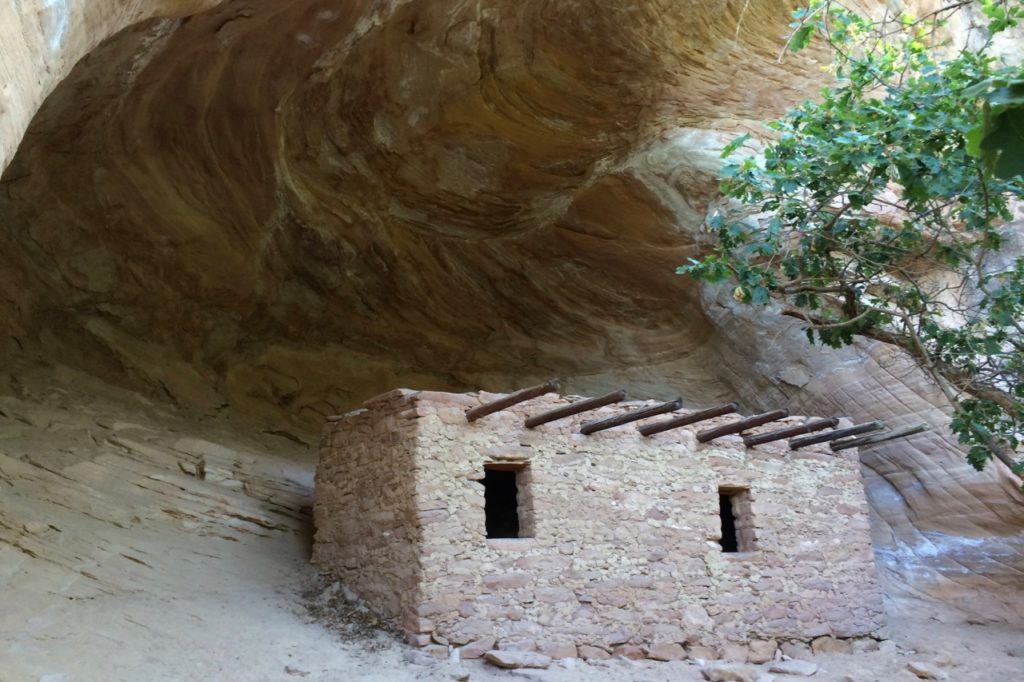Whose Ears? Bears Ears! Whose Land? Our Land!

We were finally headed to Utah, the epicenter of the public land-privatization movement and home to two of the hotspots of the administration’s monument “review.”
Our first stop in Utah was Salt Lake City (SLC) to attend the This Land is Our Land march during the Outdoor Retailor show. Like any good Portlander we will drive hundreds of miles for a good protest. This would be the last Outdoor Retailor held in SLC, as the show was moving to Denver in response to the continuing push by Utah elected officials to sell-off public lands and their opposition to the designation of Bears Ears as a monument.
Our first morning in SLC we got up bright and early to attend Conservation Alliance’s breakfast. Conservation Alliance is a membership organization comprised of outdoor recreation businesses. The membership dues are passed on to advocacy groups working to protect the places that we rely on for outdoor recreation. Conservation Alliance has been hugely successful in galvanizing the outdoor industry to support public lands advocacy, including working to protect many of the monuments that are now under threat.
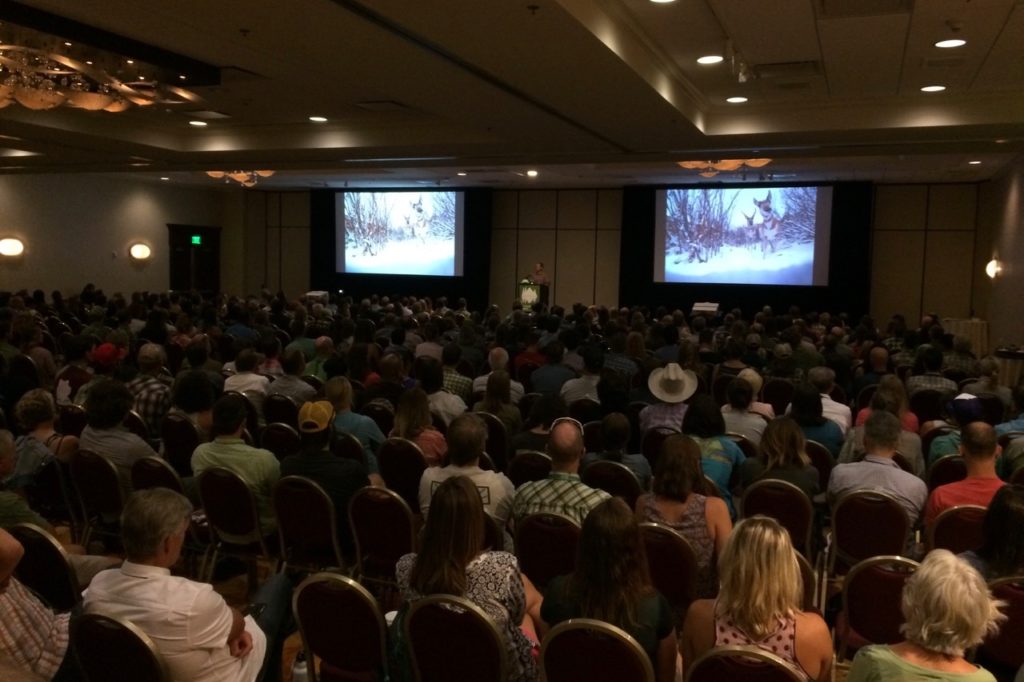
Conservation Alliance hosted a great breakfast with a talk by photographer Joe Riis to a packed house. Check out his forthcoming book Migrations about large migrations into Yellowstone and Grand Teton National Parks.
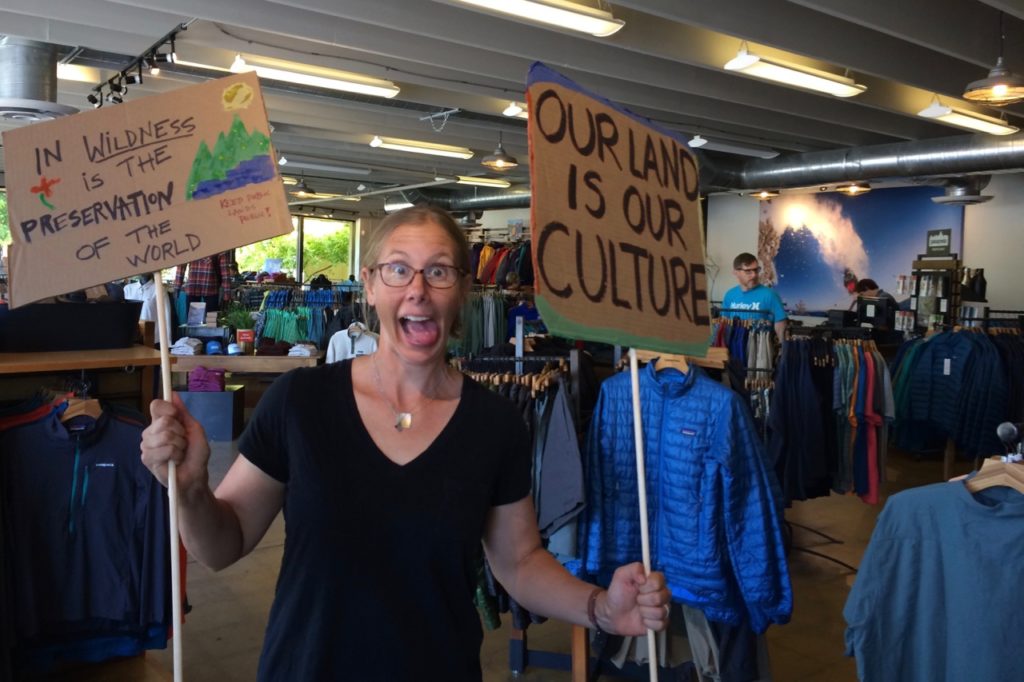
Shout out to the Patagonia SLC Outlet for providing sign-making supplies for the march.
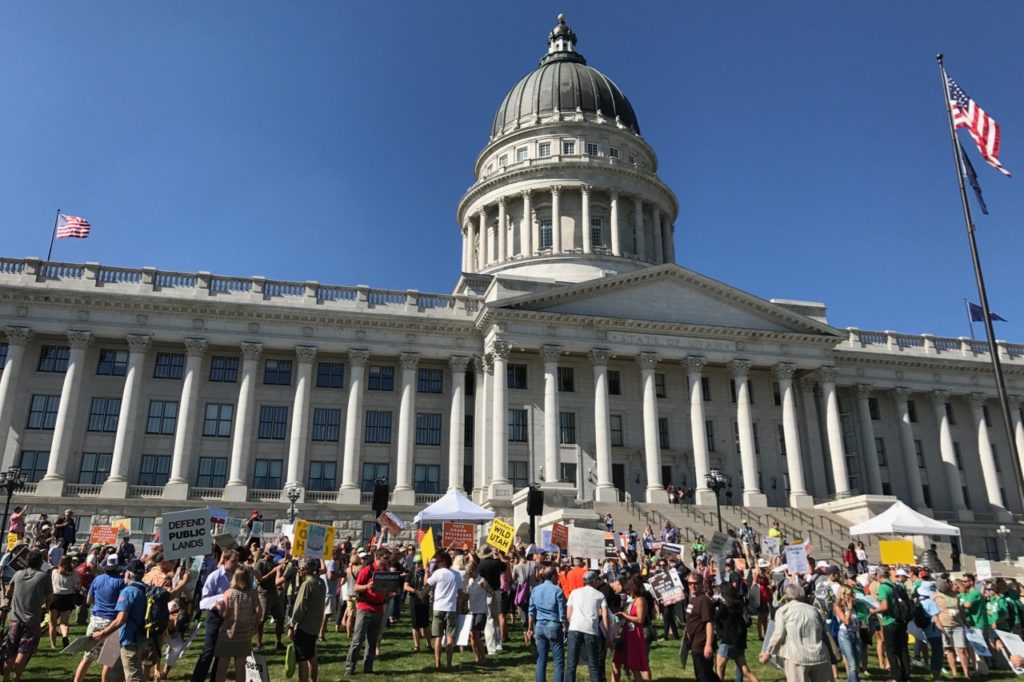
In the afternoon, we marched for public lands! People were there to celebrate the public lands that we all depend on and enjoy. It was fantastic to see the Utah State capital building overrun with marchers from a wide-range of backgrounds that all connect with public lands in different ways. There were hunters, cyclists, climbers, tribal members, wilderness lovers, business leaders, politicians, hikers, democrats and republicans and more all unified around the support of public lands.
After the march, we packed up and headed to Bears Ears. We were going to meet Southwest Utah Wilderness Alliance (SUWA) for a volunteer weekend. SUWA has been a strong, steady and successful voice for the conservation of public lands (and wilderness areas in particular) in Utah.
The volunteer trip was focused on constructing fence to protect aspen. The La Sal Mountains have beautiful old aspen groves, but unfortunately new aspen only grow when the old ones are disturbed (historically by fire). Fire suppression and over-management has resulted in a lack of new aspen growth. Aspen that do attempt to come up are quickly eaten by cattle and ungulates. We fenced three areas in the afternoon and then had a great potluck learning about our fellow volunteers, discussing Bears Ears, and hearing more about SUWA’s and the Forest Service’s work.
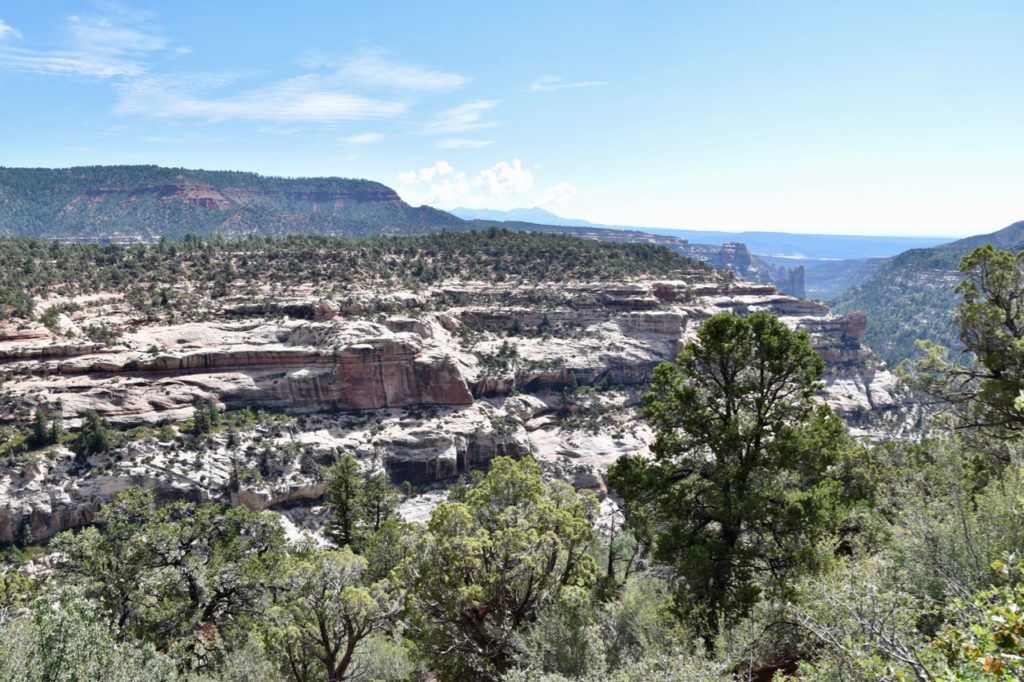
The next day we did some work on Hammond Canyon trail which looks like an amazing.
After Hammond trail, we finally drove to the namesake of the monument, the Bears Ears. We quickly learned why they advise not driving after rain, the mud is fiercely slick and our caravan became stuck. We turned around and decided to try again another day.
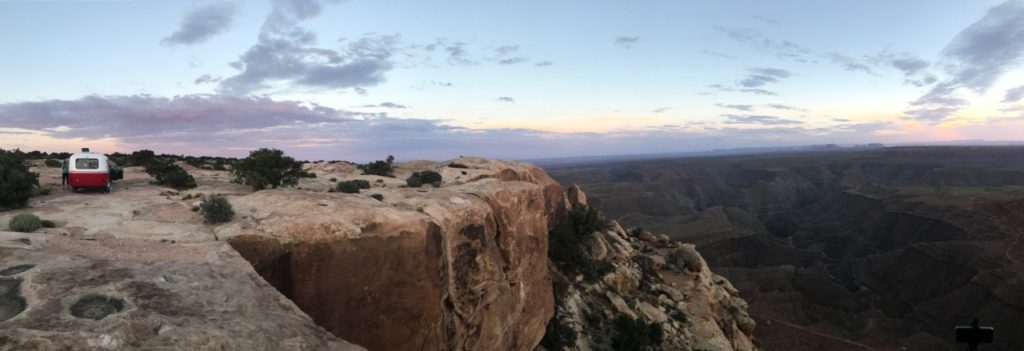
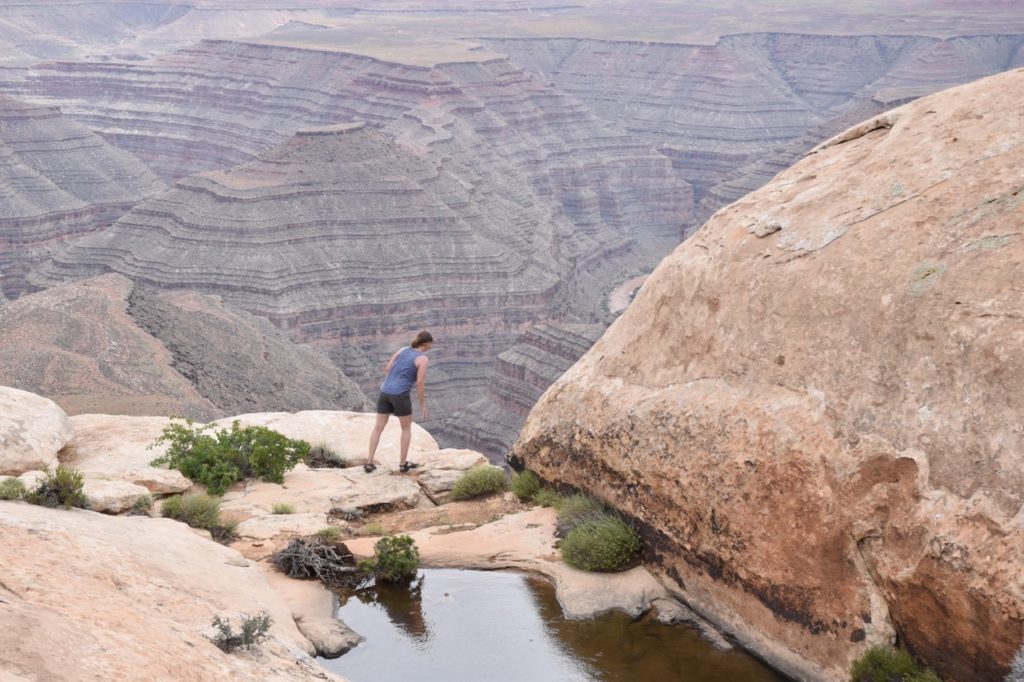
The next night we camped at Muley Point, an amazing overlook that has sweeping views down into the Goosenecks and out to Monument Valley in Arizona.
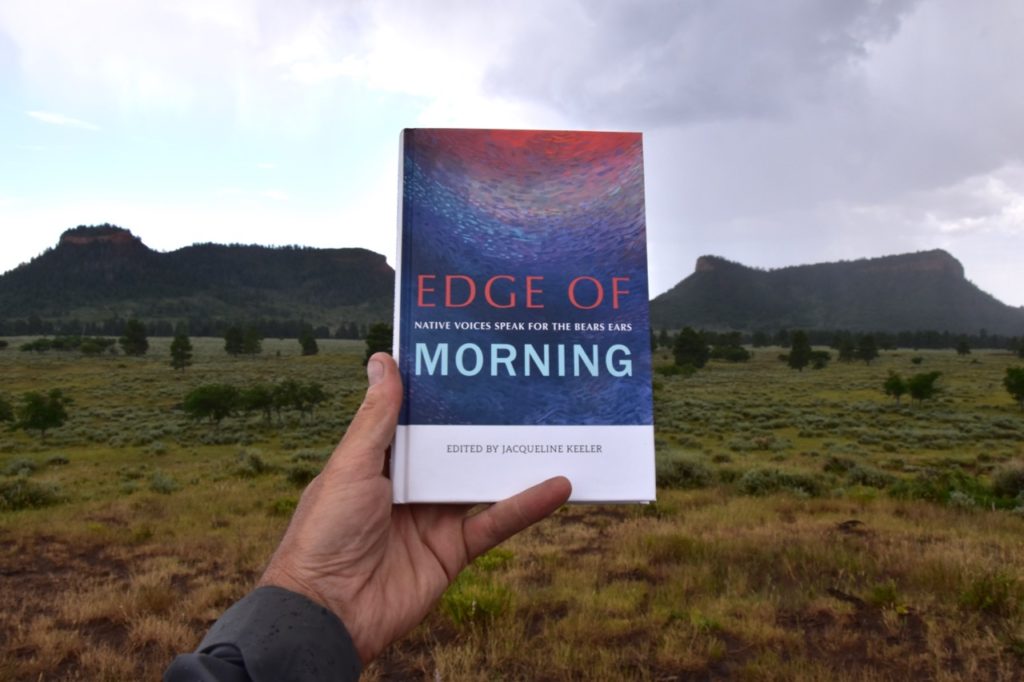
Bears Ears is beautiful, without a doubt, but more importantly it is and feels like sacred land. The designation was an effort spearheaded by the tribes to protect cultural sites, and after even a short visit, the deep history of the place was obvious. From Lyle Balenquah’s essay, Spirit of Place: Preserving the Cultural Landscape of the Bears Ears, in Jacqueline Keeler’s Edge of Morning, Native Voices Speak for Themselves:
“The Bears Ears Monument is about more than just preservation for preservation’s sake, more than drawing a line on a map to protect a fragile ecosystem from the development of the fossil fuel industry. It’s also about more than protection of archaeological sites from wanton vandalism or preservation of these sites solely for scientific purposes. It’s about the protection of Indigenous cultures so that we retain our ability to pass on our traditional knowledge to future generations. Protection of this landscape allows us to share with the outside world that we are more than historical footnotes, to show that our connections to ancestral lands traverse distance and time. [. . .]
At the heart of this unified tribal effort is a call for Respect. Respect for landscape that holds the spirit and essence of Indigenous history and culture.”
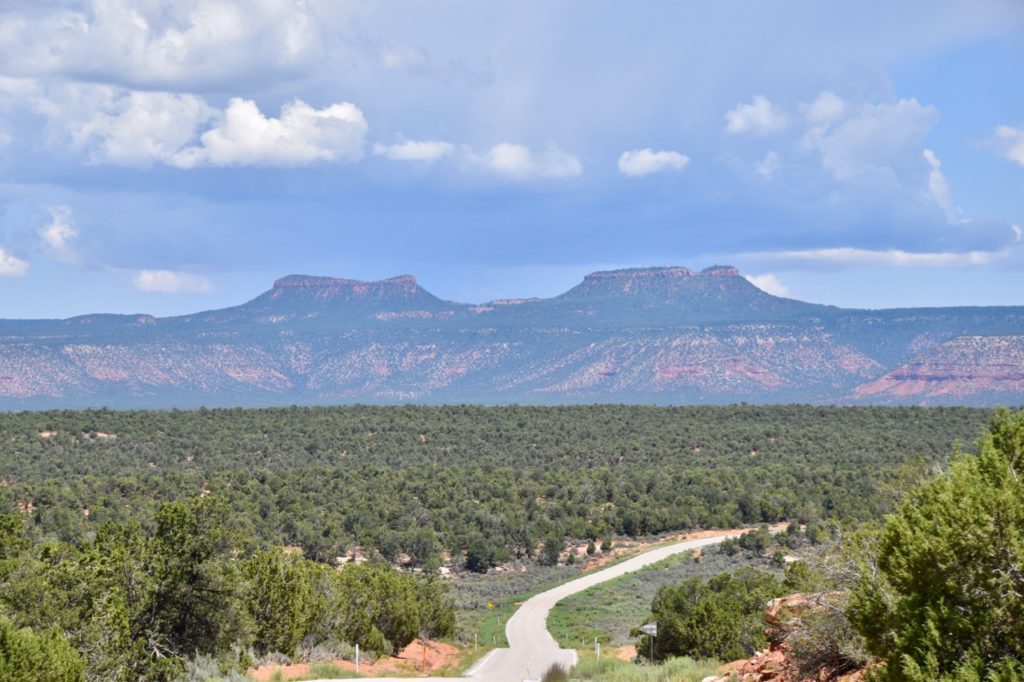
Bears Ears has become the lightning rod for the public lands debate, and unsurprisingly, after a perfunctory visit, Interior Secretary Zinke recommended that the monument be reduced in size. The designation of Bears Ears represents not just the protection of important lands but is also milestone in tribal/federal relations. A reduction of the monument would not just be an affront to the conservation of public lands, but also to the tribes who proposed the monument and whose important cultural and spiritual lands were protected through the designation. Protect Bears Ears!
